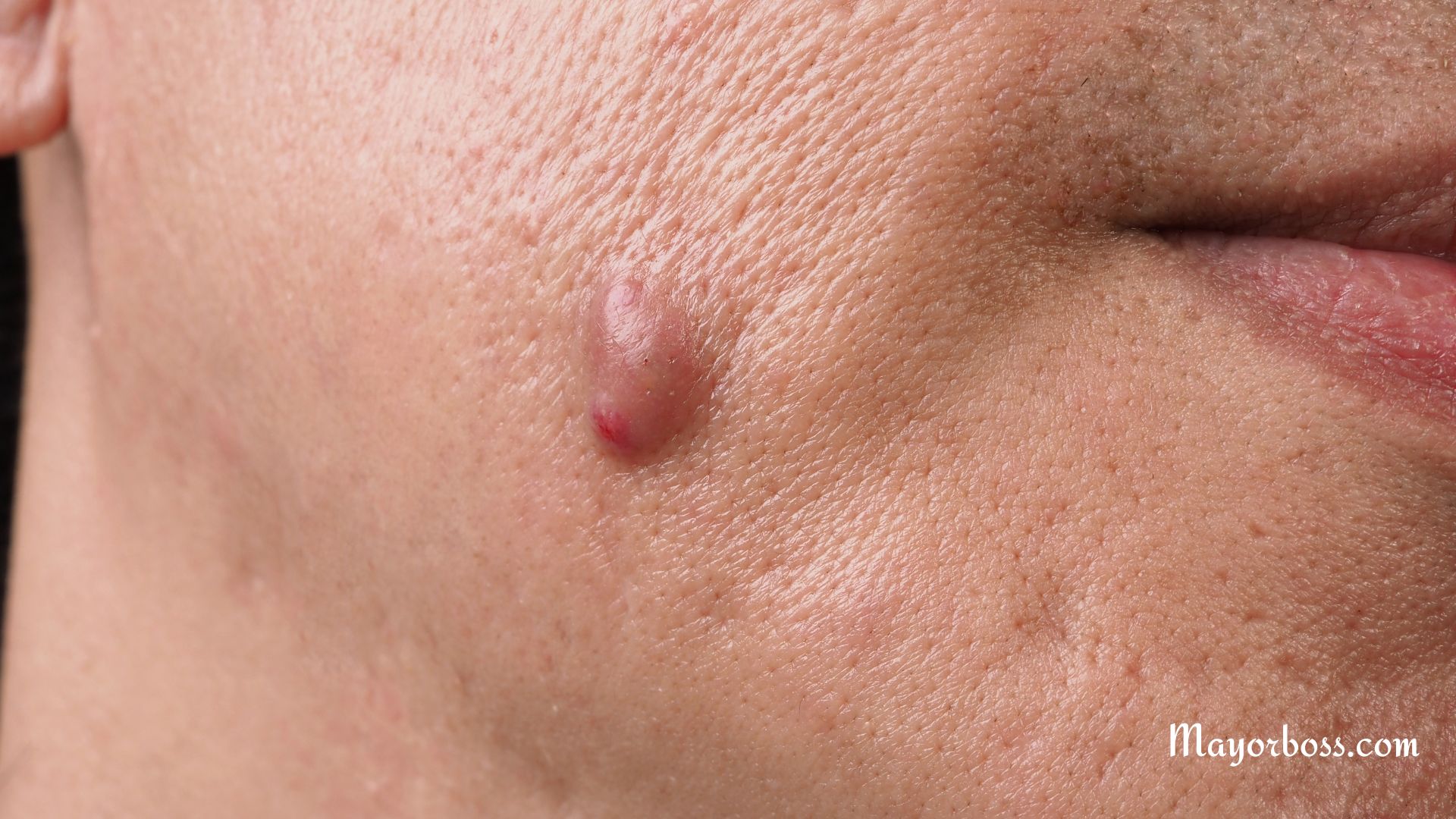What Is a Cyst?
Cysts are one of those medical terms you’ve probably heard quite often, but what exactly are they? This article discusses everything you need to know about cysts.
A Basic Overview
Imagine a small balloon under your skin, filling up with fluid or other substances. That’s essentially what a cyst is—a closed pocket of tissue that can be filled with fluid, pus, air, or other material. Cysts can appear anywhere on the body, from your skin to your internal organs. They come in all sizes, from barely noticeable to large enough that you can’t ignore them.
Most cysts are benign, meaning they’re not cancerous. They can feel like a small pea under the skin or, in more extreme cases, become as large as an apple. Sometimes they’re painful, but often they’re not. What’s truly intriguing is that cysts can arise for a variety of reasons, and their nature and impact on your health can vary widely.
Causes of Cysts
The exact cause of many cysts remains unknown, but there are several factors that can contribute to their formation:
- Blocked Ducts: Just like a clogged pipe, when ducts in your body get blocked, fluid can build up, leading to a cyst.
- Cellular Anomalies: Sometimes, a glitch in your cells can lead to cyst formation.
- Trauma: A strong impact or injury can cause blood vessels to burst and lead to cysts.
- Parasites: In some cases, parasites can be the culprits behind cyst formation, particularly in certain parts of the world.
Cysts Types and Treatments
Now, let’s explore some of the different types of cysts and their treatments:
- Ovarian Cyst: These can range from benign to cancerous, often requiring surgical intervention.
- Arachnoid Cyst: Located around the brain, these can be present from birth. Sometimes, they require surgical drainage.
- Sebaceous Cyst: Common on the face and back, treatable with medication or surgery.
- Breast Cyst: Often painful, these may need to be drained and could indicate a higher risk of breast cancer.
- Bartholin’s Cyst: Found in the vagina, these can be treated with antibiotics and sometimes surgery.
- Cystic Hygroma: A birth defect that can be corrected surgically.
- Pilonidal Disease: A cyst in the lower back, treatable through draining or surgery.
- Hydatid Disease: Caused by tapeworms, requiring surgery and medication.

Diagnosing Cysts
If you discover an unusual lump, it’s essential to get it checked. While most cysts are benign, they can lead to serious complications if neglected, such as:
- Infection: This leads to abscesses and potentially blood poisoning.
- Peritonitis: Caused by an internal cyst bursting, leading to inflammation.
The Threat of Cancerous Cysts
Although rare, some cysts can be cancerous. The treatment for these depends on various factors, including size, location, and whether the cancer has spread. Surgical removal and additional treatments like radiotherapy or chemotherapy might be necessary.
Seeking Help: Don’t Hesitate
If you suspect you have a cyst, consult your doctor. Early intervention is crucial, especially to rule out the possibility of cancer.
Remember
- Cysts are abnormal sacs that can form anywhere in the body.
- Benign cysts can still lead to severe complications.
- Surgery is a common treatment for many types of cysts.
In conclusion, while cysts might seem mysterious or even a bit scary, understanding them is the first step in managing them effectively. Remember, if in doubt, always seek professional medical advice.
